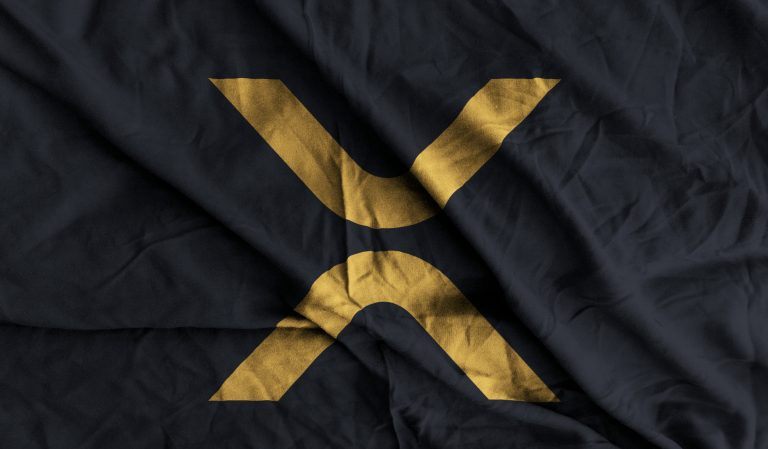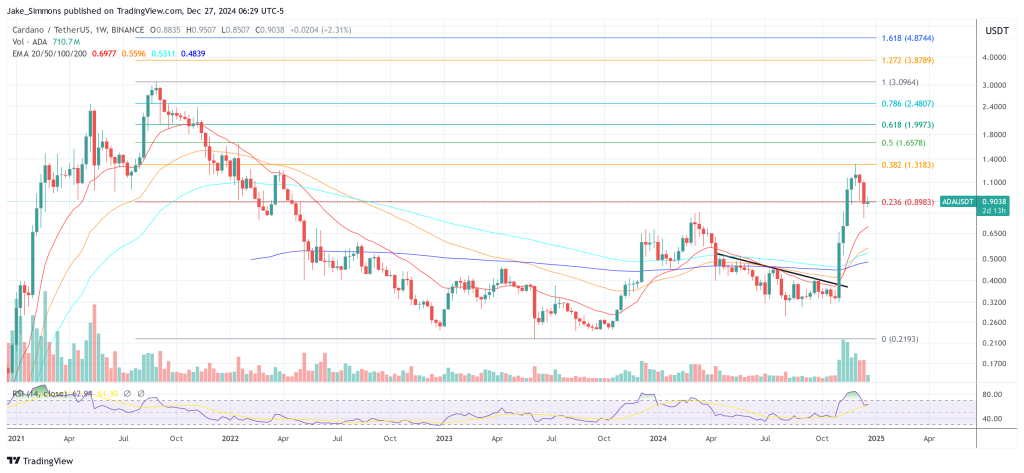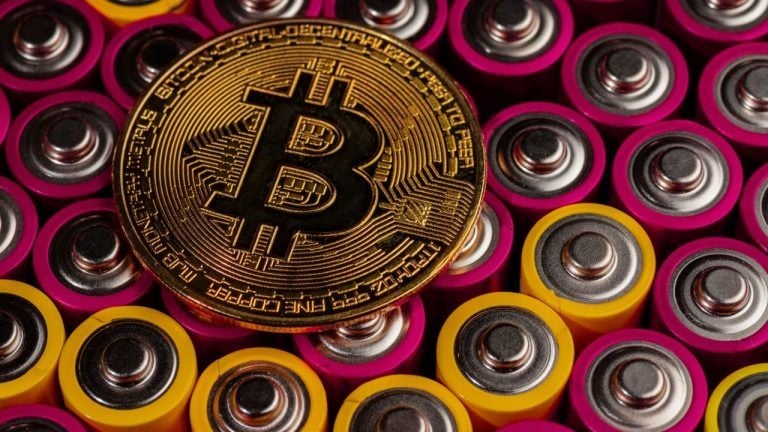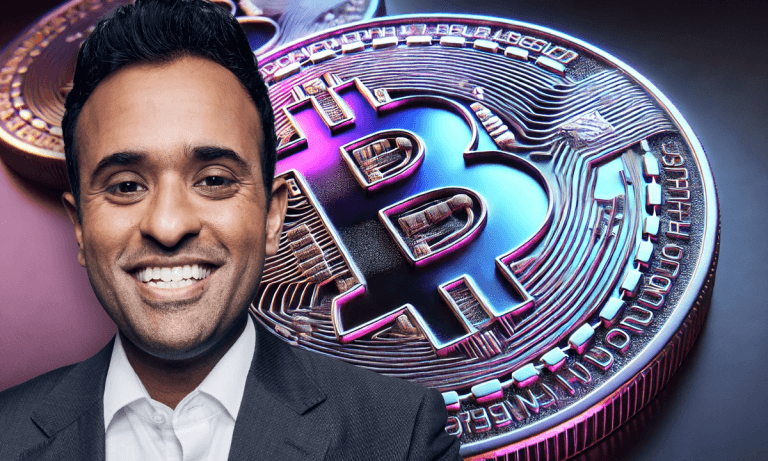From the relatively short time I’ve spent lurking in the crypto space, one of the most common misunderstandings I’ve noticed amongst crypto investors is the concept of a market cap: what it is, and what it means for the value of a cryptocurrency. It’s no surprise that market caps are a difficult concept to understand, since it makes more sense for us to associate the value of a crypto to the big number we see next to it on the exchange, as opposed to the collective worth of the cryptocurrency (market cap), which requires us to perform some basic math. In this post, I’ll try to simplify what a market cap is, and how it affects the price growth of your favorite cryptos.
To start with, What is a Market Cap? Well, a market cap is the total market value of a crypto, or in other words, the combined worth of every single coin/token of a specific project currently in existence. This can be calculated using a simple equation:
The # of the coin/token in existence Multiplied by the current price of a single coin/token
For example, using the information provided by Coinbase at the time of writing, we can calculate the market cap (total worth of Bitcoin), by using this equation: 18.8 million Bitcoins (about the total amount of Bitcoin mined) Multiplied by $47,722.25 (the price of a single Bitcoin at time of writing) = a market cap of about 859 billion. This is all market cap is: the overall worth of an asset (in this case cryptocurrency), measured by the cumulative worth of everyone of that specific asset in existence.
Now, What drives the Growth of a Market Cap? A market cap’s growth is driven by the laws of supply and demand. If the supply (amount in existence), of a cryptocurrency is scarce, the value of a single coin/token of that cryptocurrency will inherently be greater than that of a single coin/token of another cryptocurrency that has a much greater supply. Demand is how much of a specific crypto an investor is willing to purchase at a specific price. If demand is high, investors will fomo in at any cost, increasing the price of the crypto’s individual coin/token, but if demand is low, investors will scramble to sell their bags off for a loss, decreasing the price of the crypto’s individual coin/token. As the demand fluctuates, as does the market cap, since the price of a crypto’s individual coin/token is going up or down, changing our calculations. However, this is also assuming the supply stays the same while price fluctuates. If new coins/tokens are introduced to the supply this also changes our calculations, but these changes in supply and price are easy to account for, simply plug the new values into our market cap equation and recalculate. In addition, keep in mind that while demand is shifting the price of a crypto’s individual, supply is determining where that individual price is likely to fall: the smaller the supply, the larger the individual price will be; the larger the supply, the smaller the individual price will be. Here’s an example of how supply and demand can affect the price and market cap of a crypto (price and supply are based off Coinbase data at time of writing)
Dot: Priced at $34.22 per token, supply of 987.6 million, market cap of about 33.8 billion
Dogecoin: Priced at 24 cents per coin, supply of 131.3 billion, market cap of about 31.6 billion
Despite having similar market caps, a single token of DOT is worth far more than a single coin of Doge, this is because there are around 131 billion more Doge in existence than there are DOT. If something has a much smaller supply, it is rarer and therefore inherently worth more. In this case, there is a massive supply of doge, and as such the price of a single DOGE is very small, as opposed to DOT, which is much scarcer, and therefore much pricier than a DOGE. If Dogecoin were to suddenly double in price, a single DOGE would still be worth far less than a DOT, but now Dogecoin’s overall worth (market cap), would now be greater than that of DOT since DOGE’s larger supply creates a greater cause and effect relationship between its change in price relative to its market cap. Try using our market cap equation to find what Doge’s new market cap would be if it were to double in price to better understand what I’ve just said.
Moving on, How do Market Caps Prevent Shitcoins like Shiba and Safemoon from Ever Coming Close to a Dollar? For whatever reason, shitcoins tend to have absolutely massive fucking supplys, with Shiba and Safemoon both having hundreds of trillions of tokens in existence respectfully. Now of course while looking at coins like these that have 20+ fucking zeros after the decimal point it’s easy to fall into the trap of believing that it’s possible to turn an investment of a few dollars into hundreds of thousands, but by applying what’ve just learned about market caps and the rule of supply and demand, we can see how any such belief is moronic. With supplies in the hundreds of trillions, if Shiba or Safemoon were to ever reach even a cent, they would be worth (on their own), almost, if not more than double massively influential and profitable companies like Amazon, Apple, Microsoft, etc, and if they were to hit a dollar...well, then they’d be the largest economies on the planet. As we know, demand for a crypto drives its increase in price, and for something like Shib or Safemoon to hit a dollar each, demand would have to be so high that literally every man, woman, and child on the planet would have to fucking clamoring over each other to collect their bags of Safemoon and Shib. As a crypto’s market cap grows larger, its potential for growth in price per coin/token exponentially decreases, requiring more and more demand to drive prices higher. As a result, Shib and Safemoon would run out of Steam long before reaching a dollar, since there would just never be enough demand for a worthless shitcoin to become the most valuable asset on the planet. And no, Shib and Safemoon’s purported “burns,” will not be enough to raise the price so drastically when the supply is so large. Both cryptos could burn 95% of their supply today and the price would still never come close to a dollar.
Now let me sum up everything we’ve talked about with an analogy. Imagine that there's a small chain of grocery stores, let's say 10 in all. So we have a supply of ten, and let's assume that each one is worth 10 dollars. This gives us a supply of 10, which when multiplied by the stores’ individual price of $10 each, results in a market cap of $100, meaning the chain of grocery stores all together is worth $100. Well now let's assume that our chain of stores is doing really well, they’re in high demand, everybody wants their products, etc. Since their business is growing, so is their value, and because they’re a small, relatively unheard of chain, the sudden demand means they can quickly 10x in value. Our previously $10 stores are now worth $100 each, but there’s still only 10 of them, and when we multiply those 10 against the $100 each one is worth, we now have a market cap of $1000 dollars for our chain of stores. Business is boomin, supply is no longer keeping up with demand, and so now our chain of grocery stores decides to expand and open another 10 stores, bringing our total supply up to 20 stores. This dilutes what each one of our stores are worth since there’s more of them than what we started with. The supply of stores was doubled, and so as a result the individual value of each store was halved (this is what we call a 2-1 split). Each store is now worth $50 dollars instead of $100, but the overall market cap of our chain is still at $1000 dollars because while the change in supply has decreased the value of each store, there are more stores to make up for that loss of individual value, and so the market cap hasn’t decreased. Fast forwarding a bit now, our chain of stores has grown to the point where they are the dominant grocery store chain in their state, and their market cap has 10x again to now be sitting at $10,000. Since they’re now the dominant chain, demand is massive, and has been for sometime. They’re no longer the rapidly growing mom and pop shop, they’re the slow behemoth of their industry. Demand is still growing as they slowly expand to other states and innovate, it’s just not at the breakneck pace it was before, and as such the price of each individual store has also slowed its growth.
Anyway I hope all of this helps some people understand market caps better since they’re an extremely important part of investing. If anyone notices any errors or has criticism please leave them in the comments, I appreciate any feedback, and if anyone has suggestions for other topics to cover that would be appreciated too. This post was inspired by someone on the Safemoon subreddit not understanding that Safemoon is not worth less than Digibyte simply because it has more zeros, please don’t be that guy. I’m off to bed now.
[link] [comments]

You can get bonuses upto $100 FREE BONUS when you:
💰 Install these recommended apps:
💲 SocialGood - 100% Crypto Back on Everyday Shopping
💲 xPortal - The DeFi For The Next Billion
💲 CryptoTab Browser - Lightweight, fast, and ready to mine!
💰 Register on these recommended exchanges:
🟡 Binance🟡 Bitfinex🟡 Bitmart🟡 Bittrex🟡 Bitget
🟡 CoinEx🟡 Crypto.com🟡 Gate.io🟡 Huobi🟡 Kucoin.




















Comments